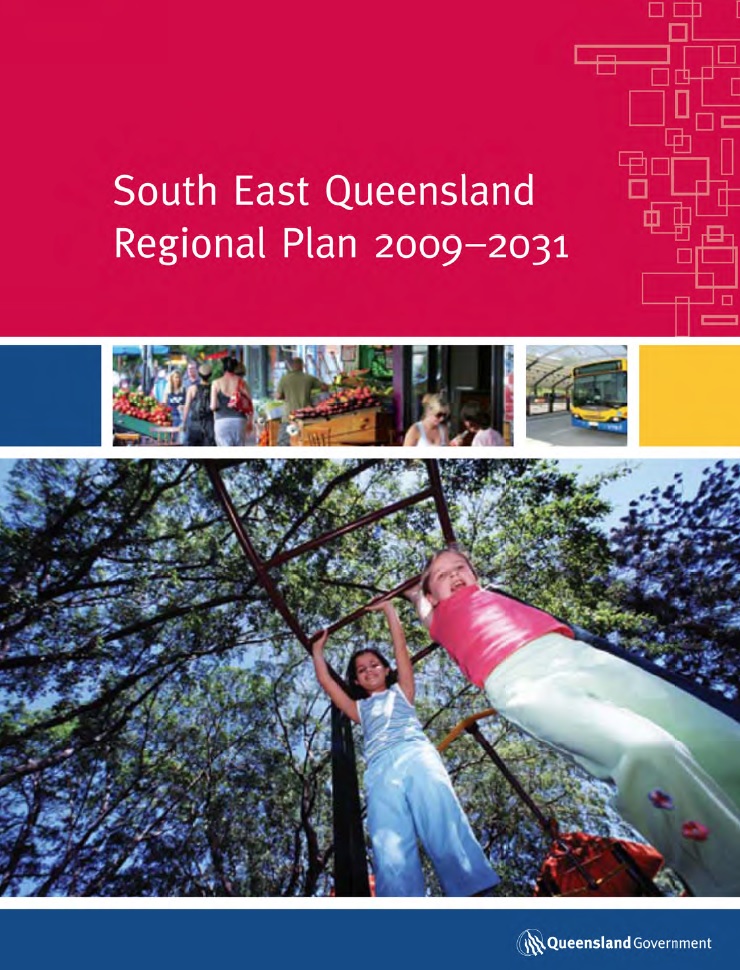As part of the Queensland Government’s planning reform agenda, the current South East Queensland Regional Plan 2009-2031 is being reviewed.
This review is important to take into account revised population forecasts, and the changing urban dynamics being experienced in South East Queensland.
As most people in the planning and development fraternity understand, South East Queensland (SEQ) has been subject to sustained high levels of growth since the early 2000s. Regional planning has been a vital tool in meeting this challenge and planning for sustainable outcomes in South East Queensland. With an additional 2.2 million people expected to reside in SEQ by 2041, the planning challenge is not insignificant.
The Queensland State Government in concert with its local government partners, the development community and various other stakeholders must ensure that the following is achieved or at the very least examined in this review:

- That there is a real link between land use planning and infrastructure provision, which has been lost in the current regional plan. If local governments are to have a Priority Infrastructure Plan then why shouldn’t the SEQ Regional Plan have a similar regionally based infrastructure plan at an appropriate level of detail?
- Bringing land to market to enable real land supply in an efficient and effective manner. That is, where land is identified as being within the urban footprint it can be planned for and brought to market quickly through an effective “plan making process”. Is this process developer driven, local government driven, undertaken by a specially formed regional planning authority or a combination of these options?
- Make pink, pink and green, green. The regional plan needs to identify that land that can be developed for urban purposes where the majority of environmental constraints have been removed through strategic environmental assessments. Likewise environmentally sensitive land needs to be protected from incompatible land uses and retained for this purpose.
- Embedding employment planning within regional planning. There needs to be a nexus between job growth, employment land (including centres), new residential areas and infrastructure provision.
- Ensuring there is a diversity of housing to meet the needs of the market. Whilst the existing regional plan has been successful in promoting infill development (particularly in Brisbane City), there is a need to provide an appropriate quantum of greenfield land in locations where people want to live to enable housing diversity and affordability.
- We must track and report our regional planning performance. State and local government need to monitor population growth, land supply, affordability, building approvals and commencements to enable the market and the planning system to respond quickly to housing demand and employment growth.
Presently the Queensland State Government is continuing to undertake the review of the South East Queensland Regional Plan 2009-2031. According to the State, the timeline for release of a draft regional plan is mid-2016. This would suggest that after consultation with relevant stakeholders that adoption would seem likely at the end of 2016 or early 2017.
Urbis looks forward to the release of the regional directions paper, where we hope that many of the above issues will be addressed.
Find out more about the South East Queensland Regional Plan review here
For more information on how Urbis can help you, please don’t hesitate to contact one of our Planning specialists below:
